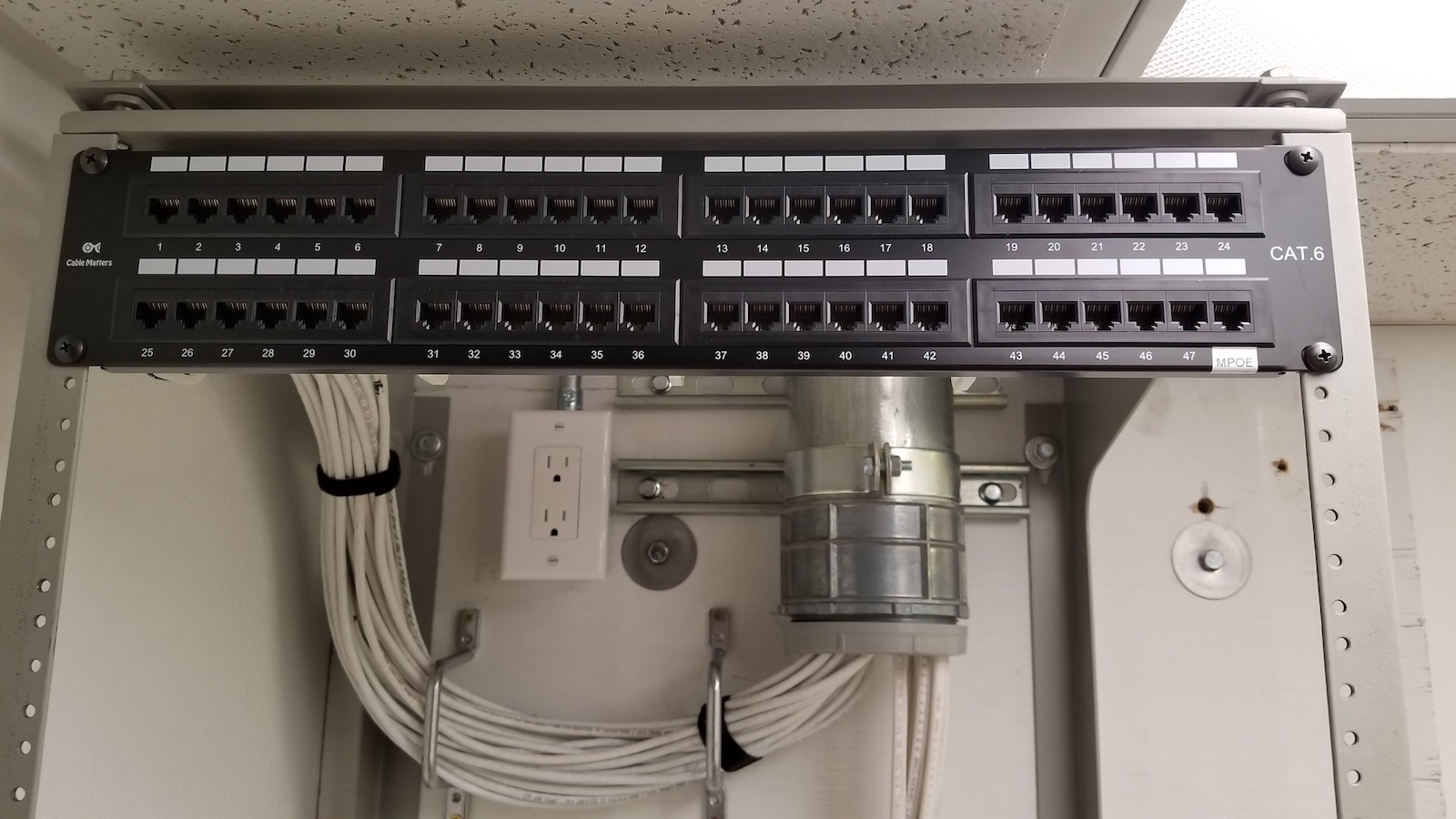What You Need to Know About Low Voltage Wiring
Wiring a new or existing home or commercial property is a job best left to the pros. There are so many factors to consider, including high and low-voltage wiring needs, structured cabling installation, and more, that reaching out to a structured wiring technician is the only way to ensure expert and professional installation.

But what does that mean? And in today’s high voltage, wireless world, how necessary is it to have low voltage wiring in new or existing homes and properties? The truth is that the addition of different types of devices and networks has created a need for even more experts in wiring. This article will specifically examine low voltage wiring and what you need to know when looking for a structured wiring technician.
What is Low Voltage Wiring?
As the name suggests, low voltage wiring is meant to carry low voltages to power specific devices within a home or commercial property. Low voltages are considered 12V, 24V, or 48V. By contrast, high voltage wiring is meant to carry electrical currents of 120V or 240V.
Electricians are considered the experts when dealing with high voltage wiring. However, you’ll want to find an experienced structured wiring tech for low voltage wiring installation.
What is Low Voltage Wiring Used For?
Because low voltage wiring has a lower current, it is meant to power devices that don’t require as much energy. Things like thermostats, security cameras, smart doorbells, and garage door openers typically use low voltage wiring. Even Internet networks and LED lighting can all be powered by low voltage.
Low voltage wiring is based on an infrastructure called structured wiring. In most cases, structured wiring is a network built separately from other high voltage electrical wiring that may run through a home or a building. This is another reason why finding and using a structured wiring technician with experience, and a successful installation record is so important.
How Low Voltage Wiring Works
Low voltage wiring, or structured wiring, uses particular cables that must be used. The most common cables used for low voltage currently are:
- CAT 6 or CAT 6A: This is an unshielded twisted pair (UTP) cable and is the most common in residential structured wiring installation.
- Fiber Optic Cables: These cables are best used to cover long distances and are common in apartment buildings and commercial properties where a lot of ground needs to be covered. However, they can be challenging to work with and require special tools, so using a fiber optic expert is recommended.
- Speaker Wire: For Audio/Visual and home theater use.
- Thermostat Wire: Delivers constant power to your thermostat.
- Coaxial Cable: The most common types of coax cable currently in use are RG-59/U, RG-6/U, and RG-6/UQ.
- Security System Wire: The type of wire used for security systems.
Start with a Plan
One of the key elements necessary with any cable installation, but especially structured wiring, is to start with a plan. Because of the fragility of the cable, there are specific guidelines that must be followed for success. In many cases, especially with new construction, a structure’s electrical system will be laid first and then followed by structured wiring.
However, both should be planned simultaneously to avoid any issues. The main problem is that electrical wiring can interfere with and degrade the signal from low voltage wiring. The current best practice is to keep the two types of cable at least one foot apart to avoid having the cables cross each other.
If it is unavoidable, there are ways to work with low voltage wiring and preserve its integrity, but once again, a structured wiring technician is the best way to ensure proper installation.
Handle With Care
As mentioned above, low voltage wiring is more fragile than high voltage. This requires that the cable be handled with care throughout the installation process. Here are some of the critical ways low voltage wiring must be treated to avoid hurting the cable:
- Low voltage wire cannot be pulled like electrical wire. Rough handling can cause damage.
- Low voltage wire, including fiber optic cable, can’t be bent at a 90-degree angle. In order to change the direction, the wire must be looped. Each wire manufacturer has a specific standard that determines how big the loop should be.
- Fiber optic cable is known for kinking, which can easily degrade the signal.
These are just a few examples of how delicately low voltage wiring must be handled in order to ensure proper installation. Again, structured wiring technicians with specific low voltage expertise are the best people to consult when looking to make this type of installation. They will know the best ways to work with the cable, how to plan the layout for maximum efficiency, and should be able to install without wasting money on damaged materials cost-effectively.
It should also be noted that low voltage wiring must follow a different set of rules than other electrical cabling. While the NEC is in charge of high voltage wiring standards, low voltage wiring is governed by IEEE, ANSI, BICSI, EIA, and TIA. Working with an experienced structured wiring tech should help to make sure all rules and standards are met.
Your Southern California Installation Experts
If you’re looking for a low voltage wiring expert, we invite you to contact Kudox Network today. For almost 20 years, our professional and experienced structured wiring technicians have developed a reputation for expert installation services. Whether you’re looking for help with residential or commercial wiring, Kudox Network covers all of Southern California with high standards and a dedication to getting the work done right. Contact us for a quote today.
